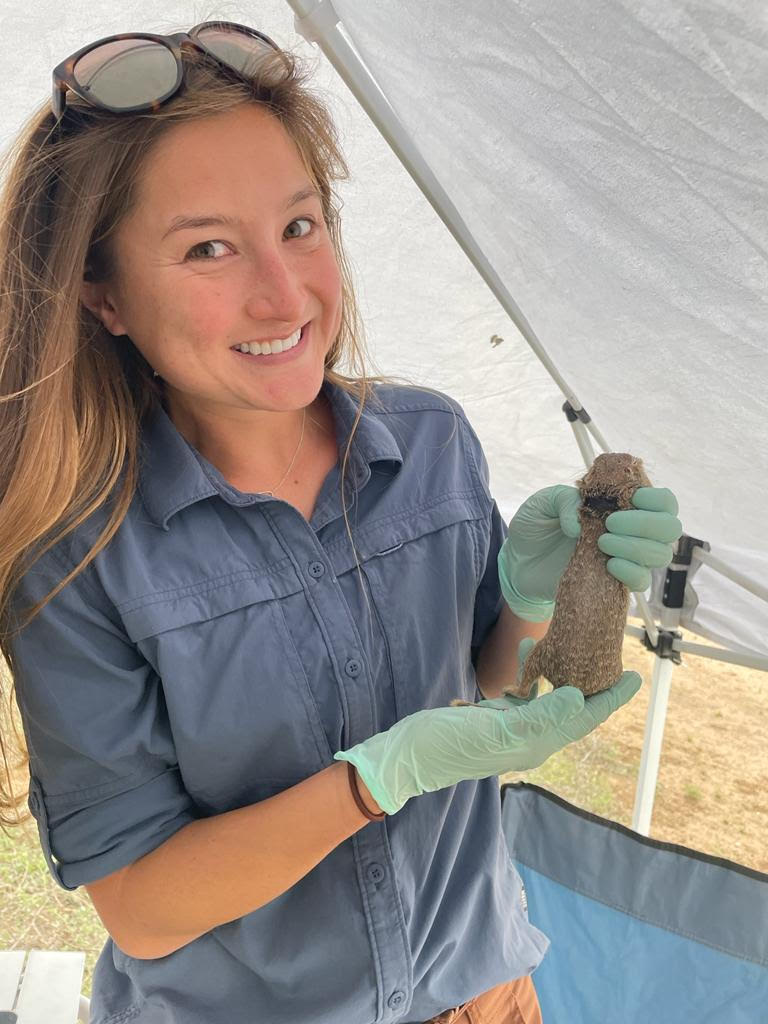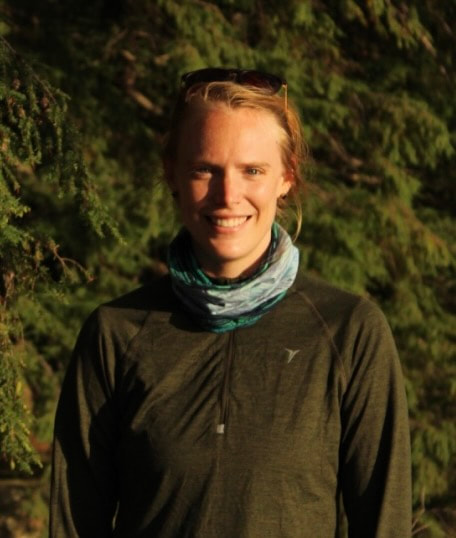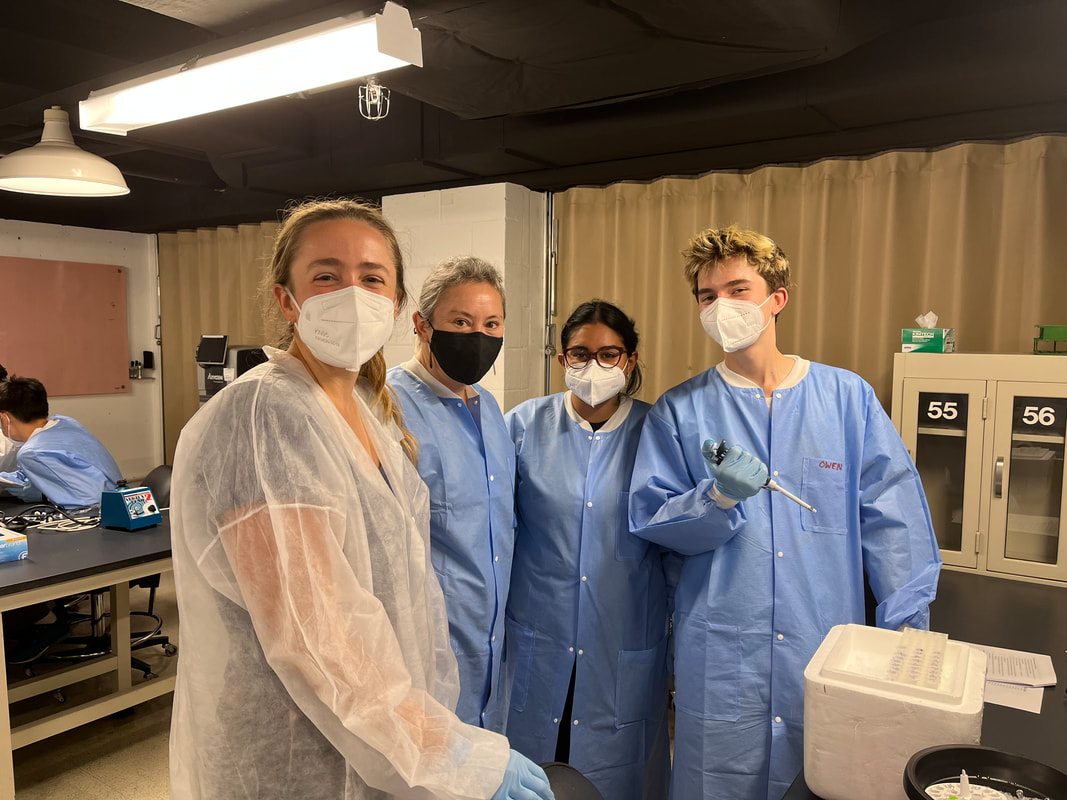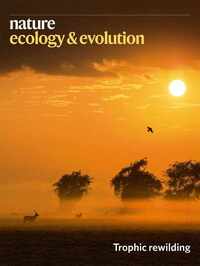0 Comments
The lab is incredibly excited to welcome Mary Burak! Mary is joining the lab as a Fulbright Scholar based in Kenya followed by an IBES Voss Postdoctoral Fellowship. Together these prestigious awards will support Mary for three years both in Kenya and at Brown. Mary will collaborate with a number of major NGOs as well as scholars at the University of Nairobi, the National Museums of Kenya, and Mpala Research Centre to address critical data needs for the conservation of large carnivores and herbivores across Kenya.
Mary completed a PhD in Os Schmitz's lab at Yale University in 2023. She is a star and we are so keen to learn from her and collaborate with her over the next few years and beyond! Maddy Florida wins prestigious Caleel '87 Memorial Undergraduate Biology Research Fellowship3/27/2023 Congratulations to Maddy for being one of only two undergraduates to be recognized with a prestigious Caleel '87 Memorial Undergraduate Biology Research Fellowship from the Division of Biology and Medicine at Brown in 2023! To prepare for her senior thesis next year, Maddy plans to spend the summer studying the health and nutrition of sloths in Costa Rica where she'll be based at La Selva. Exciting work will come from this incredible opportunity ahead!
Late last year, Ezequiel participated in the capture of the first two Giant Armadillos from Argentina. The animals were sampled and outfitted with tracking devices to understand more about the health and ecology of their population. This amazing species is very rare, and its global population is listed as Vulnerable and Declining on the Red List of Endangered Species.
An article was published entitled, "Rosenda, la primera tatú carreta monitoreada en el Chaco" Great work, Ezequiel! We were honored to have Haldre Rogers join the lab during her visit this week. We are huge fans of Haldre -- not only did she give a phenomenal EEOB departmental seminar, but she hung out for a few days to work with us and connect with students. Each year that I teach my 'Conservation genomics' course, we partner with external collaborators to address a real-world conservation problem through our semester-long research projects. This year, one group has entered a collaboration with Haldre and her network of collaborators to better understand the ecology of bird loss in the Northern Mariana Islands. By the end of the year, we plan to report back on the diets of remnant bird populations using dietary DNA metabarcoding methods. We just finished PCR week, and Haldre joined us to do some pipetting!
Congratulations to Dr. Ezequiel Vanderhoeven for your Rufford Foundation Grant! Ezequiel plans to study infectious diseases circulating in populations of armadillo species native to the Argentinian Chaco. The goal of the study is to understand how diseases impact populations of these species for the benefit of conservation and to support local governments and communities in the adoption of environmental practices that minimize the risk of spillover. It is an extremely important and ambitious project. The Rufford award not only provides crucial financial support, but also represents a valuable endorsement of the work from a leading international authority on applied conservation biology.
I am very pleased and honored to know that the lab will be funded by an NSF CAREER Award (DEB-2046797). The award will support ongoing collaborations with Yellowstone National Park for the next five years! During this time we will use dietary DNA metabarcoding to analyze the diets and microbiomes of migratory large mammals and connect this information with what we learn from ecological field experiments to better understand plant-herbivore interactions in this amazing ecosystem. We are excited to support many, many students and early career researchers in the classroom, laboratory, and at Yellowstone in ways that foster growth and improve representation in the field. This award complements and extends what we hope to accomplish through our ongoing NSF EPCSCoR (OIA-2033823) award and increases our current level of NSF support to four active awards.
I will post information about the first new opportunities to join the lab and work on projects like this one over the course of this summer. We are fortunate once again to have had an opportunity to work with some AMAZING researchers who are now graduating.
Congratulations to Amanda Lyons '20 Honors '21 MSc for completing her 5th year Master's degree! Amanda has been leading the northeastern terrapin genetics project in our lab for the past few years. Amanda's Honors thesis included some really insightful RADseq data obtained in collaboration with a whole host of governmental, non-profit, and academic partners. We expect the output to have a significant impact on conservation strategies and priorities for the turtle in the region. Congratulations to Camille Tulloss '21 for earning Honors and a Senior Biology Prize for her graduation! Camille's thesis focused on the microbiomes of wild bison migrating across Yellowstone National Park. The work was a scientific and visual masterpiece, that seamlessly melded Camille's passion for research, scientific education, and illustration. We look forward to collaborating with Camille on this topic for years to come. A quick note about our posts: Our lab's response to the pandemic was to focus in on supporting ourselves and one another. As a result, I have not been very good about publicly posting these sorts of milestones and accomplishments for the amazing people in the lab this year. The situation is still fluid, both locally and globally, but I aspire to post more regular updates going forward. The lab has much to celebrate as we close out another semester, even despite the disruptions of COVID-19.
|
Archives
June 2024
Categories
All
|





 RSS Feed
RSS Feed
